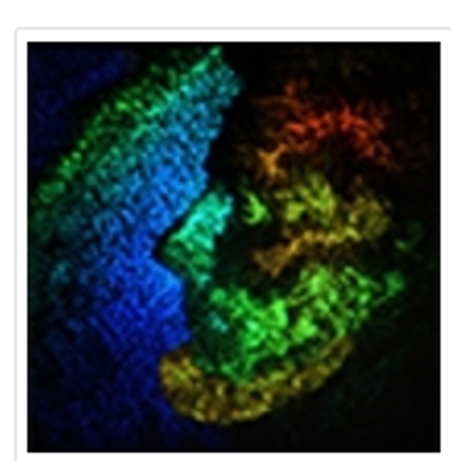How to turn a simple camera into an infrared imager

- The Foothill/Orange County Jt. Sections Nanotechnology Council Chapter invites you to attend this event hosted also by the IEEE Student Chapter at Cal Poly Pomona
Abstract: Camera technology has improved dramatically over the years. Nowadays almost everyone owns a mega-pixel CMOS camera (in their phone), which produces high definition images and is a fraction of the cost of the high-end cameras from just 10 years ago. Despite the amazing capabilities of modern CMOS cameras, they only work in the visible range of the spectrum. In other words, these cameras cannot map images in the infrared range of the spectrum, beyond the spectral range of our eyes. The infrared range is important for a lot of imaging applications, because fundamental molecular resonances occur in this spectra window, which enables the generation of images with ‘chemical’ contrast. Infrared cameras exist, but they are noisy, low definition and extremely expensive. We have recently discovered a new method that turns a regular CMOS camera into an infrared imager. This optical method involves the simultaneous absorption of two photons by the silicon chip in the camera. This approach offers an attractive and affordable way to rapidly record infrared chemical images at high definition, enabling a new range of infrared imaging applications, including remote sensing, biomedical imaging and 3D visualization of printed circuits. In this presentation, we will discuss this new technology in the context of recent trends in optical imaging and illuminate career opportunities in the field of optics.
Date and Time
Location
Hosts
Registration
-
 Add Event to Calendar
Add Event to Calendar
Loading virtual attendance info...
Speakers
 Dr. Eric Potma
Dr. Eric Potma
Biography:
Eric Potma got his Masters at the University of Groningen in 1996, where he also received his Ph.D. degree in 2001. While working in the ultrafast spectroscopy group of Prof. Douwe Wiersma, Eric focused his research on the development of laser sources for microscopy and the application of nonlinear methods to optical imaging. In 2001, Potma joined the group of Prof. Sunney Xie at Harvard University as a postdoctoral fellow. During this time, he was been involved with projects on synchronizing mode-locked lasers, visualizing lipid bilayers with coherent Raman scattering microscopy and vibrational imaging of tissue in vivo at video rate. In 2005, Eric joined the Department of Chemistry at the University of California in Irvine, where he currently is a Professor of Chemistry. His group focuses on the characterization of nano-structured materials and biological tissues with the aid of new optical imaging techniques.

